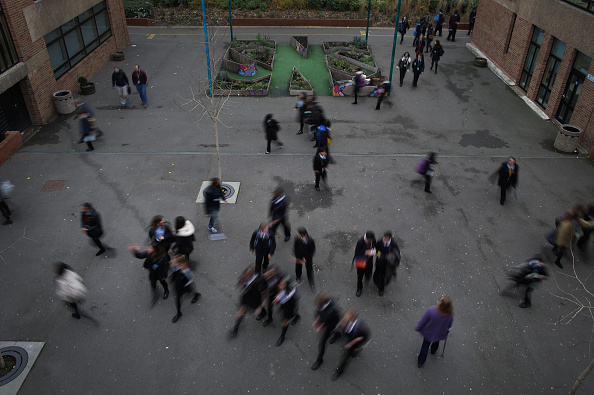
Teens appear to be more likely to engage in dangerous or antisocial behavior if they have seen other people drink or use drugs, according to a new study. The risk of bad behavior is greater for teems who have a "risk-taking" gene that is associated with sensitivity to substance use exposure.
Researchers at Duke University surveyed 150 teens between the ages of 11 and 15 who lived in high-risk neighborhoods. The teens used their cell phones to answer survey questions three times a day for 30 days. Thirty percent of the teens in the study carried a gene called DRD4-7R, with is associated with attention-deficit hyperactivity disorder and novelty seeking behavior and impulsivity. People with the gene may also be more reactive to conditions in their surrounding environments, a phenomenon known as "differential susceptibility."
On days when teens said they saw others drink alcohol or use drugs, they were twice as likely to engage in behaviors such as stealing, damaging property, or hitting or hurting someone. But the teens who had the DRD4-7R gene and a sensitivity to substance-use exposure were six times more likely to commit do such things, according to the study.
"Past research has shown that children who grow up in families, schools and neighborhoods where alcohol and drugs are frequently used are at risk for behavioral problems later in life, but our findings demonstrate that these effects are immediate," study author Candice Odgers said in a statement. Odgers is an associate professor in the School of Public Policy at Duke and associate director of the Center for Child and Family Policy.
"A series of studies has shown that consuming alcohol before age 15 predicts a wide range of later problems including substance dependency, involvement in criminal behavior and health problems. Our findings suggest that we may also need to prevent exposure to others using substances during this period," she concluded.
The study was published in the journal Development and Psychopathology.
